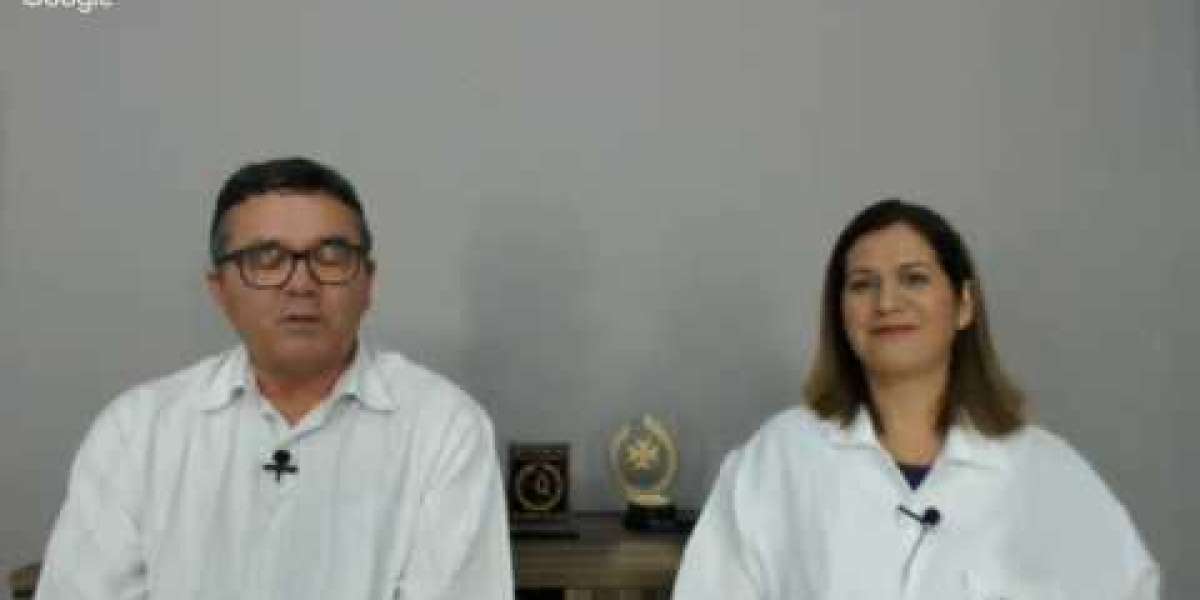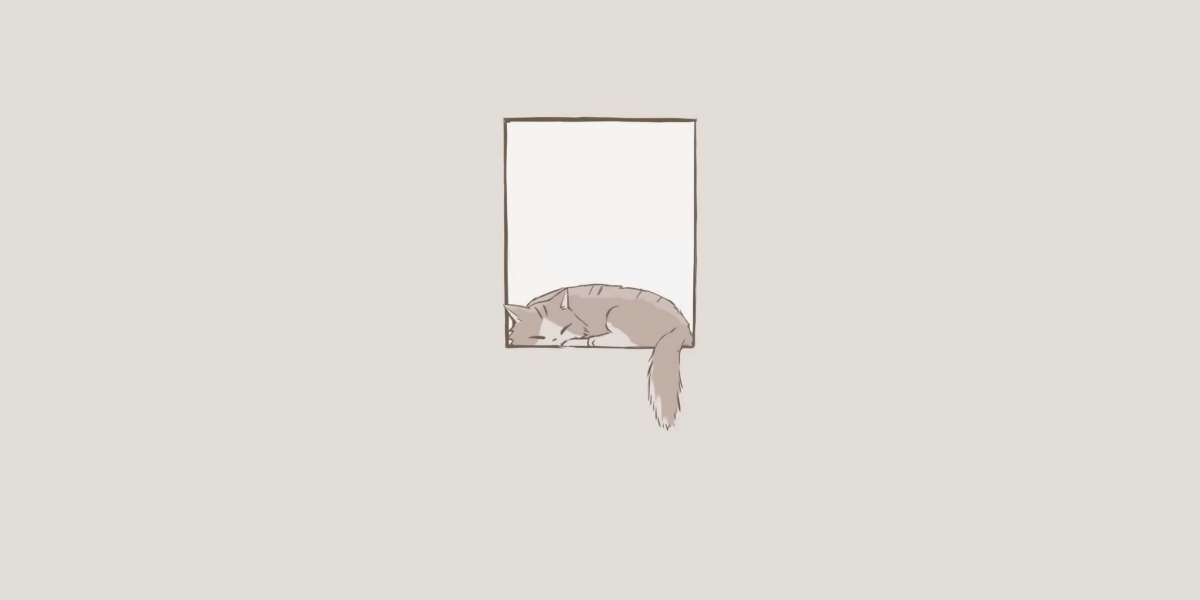This is as a end result of pacemaker cells distal to the sinus node, referred to as subsidiary pacemaker cells, have a slower depolarization fee than the sinus node. Immediately after depolarizing, cardiac cells are refractory. Once the cell has returned to its resting potential it is once more excitable (it could be activated again). The three bipolar frontal aircraft leads (I, II and III) and Einthoven’s triangle (red).
VENTRICULAR BIGEMINY
We won't be liable to you or any third-party for any termination of your entry to the Sites. You may also delete or disable your account at any time. For information about VETgirl’s information protection practices and VETgirl’s use and safety of your personal data, please read VETgirl’s Privacy Policy which is incorporated by reference into these Terms and Conditions. The Sites are available solely to individuals who can enter into legally binding contracts under applicable regulation.
What are the most common rhythms with normal heart rates?
Normal rhythms tend to be both regular, or frequently irregular. An irregularly irregular rhythm is almost all the time abnormal. The commonest rhythm of this kind is atrial fibrillation; this sounds chaotic. Auscultation is a more delicate way of determining the regularity of a rhythm. P-waves and QRS complexes could come up concurrently and nossa homepage but not be associated. This tends to indicate as an inconsistent relationship between the two and implies the presence of separate ventricular and atrial rhythms.
The complexes are tall and slim as a outcome of they originated within the atria.
Why does my pet need an electrocardiogram (ECG)?
" The stunned question from a human doctor pal of mine nonetheless echoes in my ears. In reality, it is estimated that 7.8 million dogs within the United States have heart disease. That means roughly 10% of all canine within the United States have coronary heart illness. Despite these numbers, many people, even those within the medical subject, are unaware that their dog could also be in danger for coronary heart disease. Heart illness in dogs is almost as common as it is in people, however not like people, smoking and a fatty food plan aren't danger components. The most common type of coronary heart disease in canine is valvular illness, which primarily impacts small breed dogs over 5 years of age and makes up 70-75% of coronary heart illness in canine. Heartworm illness causes 13% of heart illness even though it is completely preventable.
Drugs & Supplements
Remember, early detection is the key to an extended life for your dog. Our board-certified canine cardiologists are just a cellphone name away. There is not any determined trigger, though there's in all probability an inherited genetic part, at least in some breeds. While many dogs with dental illness additionally undergo from continual valve disease, dental disease is not considered to be the cause for CVD.
Coffee beans
This timeframe is recognized as the preclinical form of coronary heart disease, thought-about as such since canines present no obvious outward signs of heart disease. Small canine breeds may develop CHF due to mitral valve issues, that are the most common explanation for this condition. Some giant and big canine breeds are prone to growing CHF because of issues like dilated coronary heart muscle tissue or cardiomyopathy. Biventricular failure happens when both ventricles, left and proper, are not functioning properly. Merck Veterinary Manual states that dilated cardiomyopathy or poisoning can result in biventricular failure.
 Last but not least you probably can read what number of QRS complexes there are and calculate how many there are over a time interval and you will have the heart price. An ECG tells your vet several things about your pet's coronary heart. It provides the rate and the rhythm of the heartbeat along with an understanding of the electrical impulses which may be going via every part of the heart. Basic interpretation of the ECG can be achieved by asking a couple of simple questions when faced with the ECG hint. The most essential aspects of interpretation involve the willpower of the center rhythm and evaluation of whether the rhythm is regular or not. The ECG may provide clues as to the presence of enlargement of some cardiac chambers. Figure four shows a predominant sinus rhythm, interspersed with broad and bizarre complexes.
Last but not least you probably can read what number of QRS complexes there are and calculate how many there are over a time interval and you will have the heart price. An ECG tells your vet several things about your pet's coronary heart. It provides the rate and the rhythm of the heartbeat along with an understanding of the electrical impulses which may be going via every part of the heart. Basic interpretation of the ECG can be achieved by asking a couple of simple questions when faced with the ECG hint. The most essential aspects of interpretation involve the willpower of the center rhythm and evaluation of whether the rhythm is regular or not. The ECG may provide clues as to the presence of enlargement of some cardiac chambers. Figure four shows a predominant sinus rhythm, interspersed with broad and bizarre complexes.Heart Rhythms
Atrioventricular (AV) block; leads II and III, 25 mm/sec, 10 mm/mv. This electrocardiogram tracing signifies each second and third diploma AV block. The starting of the tracing exhibits some normally carried out P waves creating a sinus beat (SB). The P–Q interval is fastened at 80 ms, making this a Mobitz II second diploma AV block. The coronary heart price (HR) at the second-degree AV block to begin with of the hint is approximately 57–60 bpm. Had these P waves been performed, HR would be roughly 185 bpm.
RIGHT BUNDLE BRANCH BLOCK
If this test leads to suspected heart disease, an echocardiogram is beneficial in these patients to verify the presence of heart disease and decide the therapeutic needs of the patient. The mean electrical axis can be calculated from the magnitude of the deflection of the QRS complex in six leads. This could help to determine if chamber enlargement has taken place or if there's an abnormality of conduction similar to a bundle department block. A distance of 15 centimeters from one R-wave is inspected on the lead II ECG strip. The variety of R-R intervals in this 15 centimeters is calculated to the nearest half interval.








